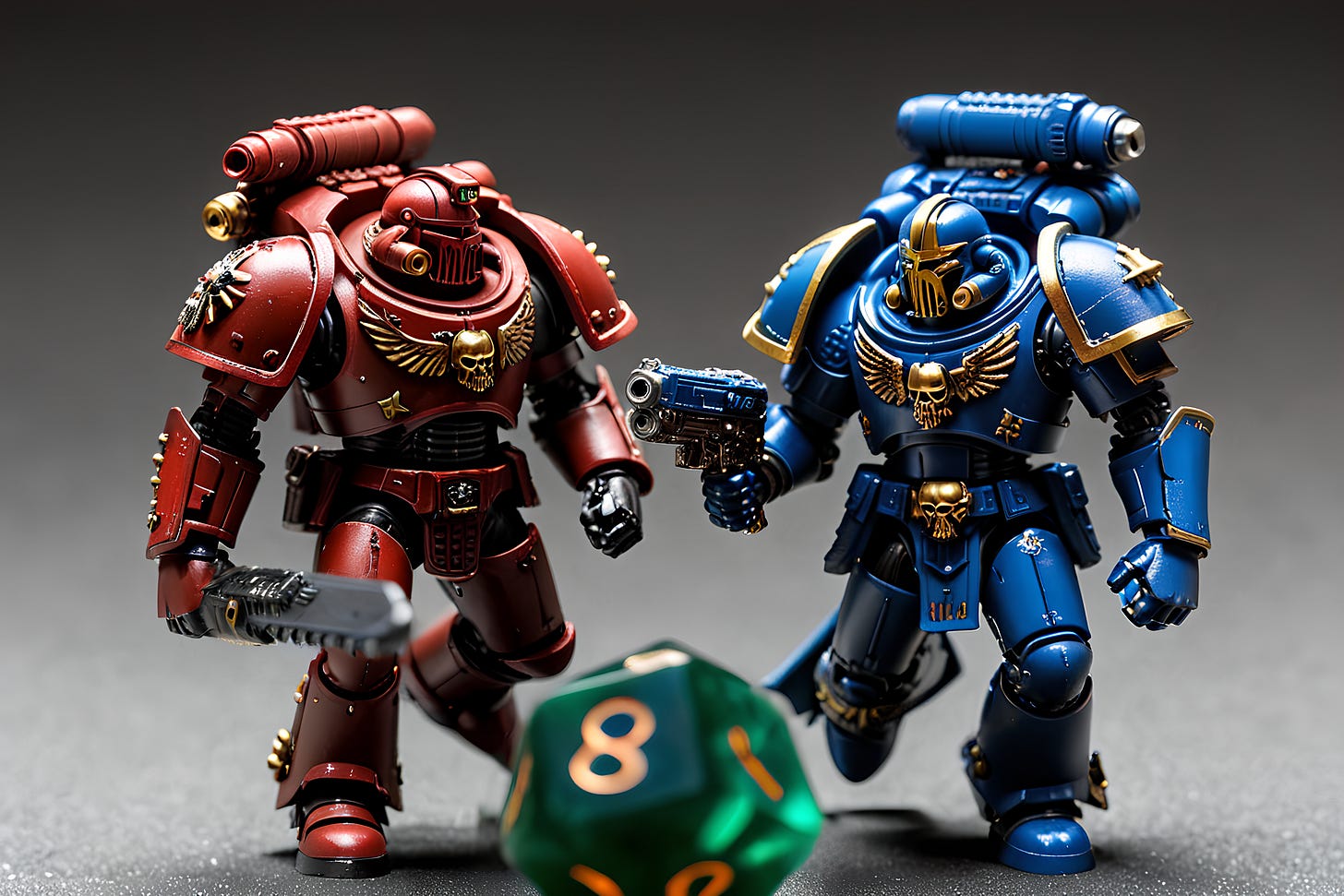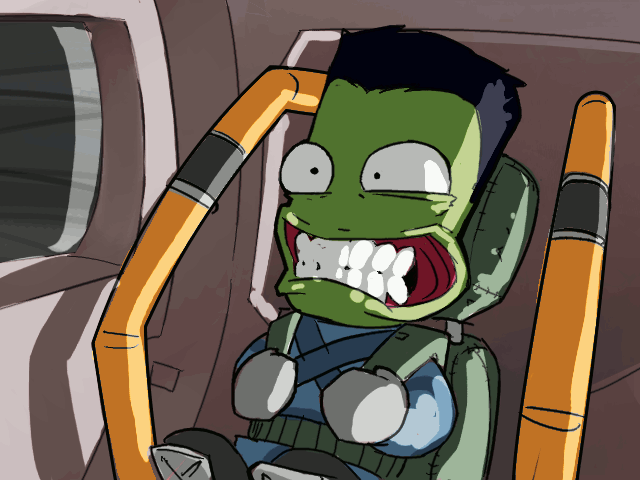Click here to for the rest of the series.
I’m going to try and avoid making this a lecture with a lot of equations.
That said I do recommend Davis’ report on Lanchester’s equations and Hughes’ paper on salvo equations — huge hat tip to Aaron Barlow over at War Quants for introducing me to them.
Anyone trying to predict combat through pure math will struggle to model all the variables. Some things are easily quantifiable — number of soldiers, caliber of weapons, stores of ammunition. But these are not always straight forward. The fog of war means we can’t always count all the soldiers, nor can we know the readiness of their equipment or the state of their resupply.
Other variables are all but unknowable. The ‘will to fight’ is just one example, one we often get wrong. Some pundits thought Afghanistan could last six months, while others didn’t think Ukraine could last six days.1 A lot of people are working diligently right now to determine what Taiwan’s ‘will to fight’ score is. To better anticipate these hard to discern variables, I’ve written elsewhere about a need to model the human and information dimensions of conflict. But for the purposes of this series, we’ll restrict our focus primarily to the physical dimension.
Armies have always tried to do some back of the napkin math before battles, if only so they could avoid the ones they were sure to lose. The best battles are, and always have been, the ones you win without fighting. This is why Mongol armies lit extra fires in their camp — to try and tip the scales in their adversaries' minds. Because there’s always another battle after this one, and a Pyrrhic today is of little use tomorrow.
While sometimes combat happens because one side cannot get away, this is actually fairly rare since surrender is often the preferred alternative to being dead. This means that typically, when a battle does commence, it’s because both sides have done their own math and come up with competing theories on who would win. Combat will decide. Not who is right, but who is left.
Frederick Lanchester was a British polymath who is primarily remembered for his work on cars and engines. But working during The First World War, he noticed a change in combat and sought to find a formula to explain why. The result was a few differential equations that have also been called Lanchester’s Square or Power Law. He argued that, unlike in the past where a force twice as large was twice as powerful, modern weapons now made that force four times as deadly, the square of the quotient.(17)
Some of what his math proves what seems blindingly obvious.
If the two sides have equal firepower, the side with more soldiers at the beginning of the battle will win.
If the two sides have equal numbers of soldiers, the side with greater firepower will win.
But the key insight he had was what happened if those variables were run in opposite directions. More soldiers gave a square in combat power, while more lethality only increased linearly. His conclusion was to mass your forces on your objective to maximize your chances of success. Returning to the ‘3:1 ratio’, since defenders had a lethality advantage, Lanchester’s Square Law argued offensive forces needed to prioritize more mass. This value of this concentration continues right up to the point where more forces can fit, when the cost of one more unit is more space to move and fire than is available.(18)
One underlying assumption of Lanchester’s equations was ‘continuous fire’. He was assessing gun battles where thousands of bullets and shells were fired, each doing small amounts of accumulating damage, creating a sort of stream of fire.
But what is continuous fire and what is salvo fire isn’t as easily demarcated as we’d like. Every rifle, machine gun, tank, and artillery piece needs to reload. While tanks and rifles are direct fire weapons, artillery and mortars aren’t.2 Both are included in continuous fire models, just as ‘aimed’ and ‘unaimed’ respectively.
Imagine a spectrum of weapons, with a knife at one end and at the other end things like missiles. Missiles have much higher probabilities of hitting their targets and typically do much more concentrated damage. This is because missiles can move. They can also be intercepted in a way that a tank or artillery round generally can’t. Missiles aren’t continuous fire, but instead are salvos.
Naval researcher Captain Wayne P. Hughes saw Lanchester’s Laws weren’t modeling salvos well. He was originally setting out to argue for concentrating the fleet into fewer but more capable platforms; but Hughes actually found the opposite was true.(19) Instead, an objectively weaker force with sufficient dispersion could destroy a superior fleet of fewer capital ships.
“When striking power (many well-aimed ASCMs [Anti-Ship Cruise Missiles]) is strong relative to opposing defensive power (surface-to-air missiles, or SAMS, for instance), a first, un-answered salvo of ASCMs from an inferior force may be able to destroy a force that by all conventional measures, such as armament, displacement, and manning, is superior.”(20)
His conclusion has been summed up in the pithy, “Fire effectively first”. Since missiles could maneuver on their own, typically at much greater distances than continuous fire weapons, combat at range became about overwhelming salvos via counter-missile batteries. Since salvos weren’t Lanchester’s continuous processes but instead “event stepped phenomena”, they required different equations. Hughes found that “…classical concepts of force concentration are suspect when a several-for-one situation obtains”.(21)
Hughes also predicted that “Unstable circumstances arise as the combat power of the forces grows relative to their survivability”, which is the exact trend Watling argues demands greater dispersion in his “zone of contestation”.
“Today, improvements in lethality are increasing exponentially. Improvements in protection by contrast have begun to advance logarithmically with smaller gains requiring ever-greater resource to achieve.”(22)
Both Lanchester’s and Hughes’ equations hold for their specific conditions. Outside continuous fire range, in the space Watling refers to as the “zone of contestation”, Hugo’s salvo equations counsel dispersion.
“…neither side has a weapon range and scouting advantage such that it can detect, track, and target the other while standing safely outside the range of the enemy’s weapons.”(23)
Meanwhile, “seizing an objective needs to be achieved quickly and requires concentration of forces”. In this “zone of opportunity” Lanchester equations demand a density of mass. (24)
Navigating between the two zones requires commanders to navigate a sort of Hoffman transfer between the two rules of mass.
This was the challenge General Valery Zaluzhny was describing in 2023 when he called for a new breakthrough paradigm:
“The simple fact is that we see everything the enemy is doing and they see everything we are doing. In order for us to break this deadlock we need something new, like the gunpowder which the Chinese invented and which we are still using to kill each other.”(25)
That something new is likely a new tactical and strategic paradigm. We need to incorporate cheap drones into our combat calculus. What happens when drones make finding artillery so easy the guns themselves need to constantly displace to survive? Do they stop being continuous fire weapons? What about when taking out a tank no longer requires repeated strikes, but just a mosquito-like molten copper bite into its barrel? As Horowitz and Schwartz highlight, “The global proliferation of precision strike means we now live in an era of ‘precise mass,’ where comparatively cheap uncrewed systems — that can be deployed at scale — are also highly advanced and deadly accurate.”(26)
So how did dealing death get so cheap?
Those of us who correctly predicted the hasty fall of Kabul’s government simply asked, ‘But does anyone think they can last seven?’
Except when they really really need to be.







